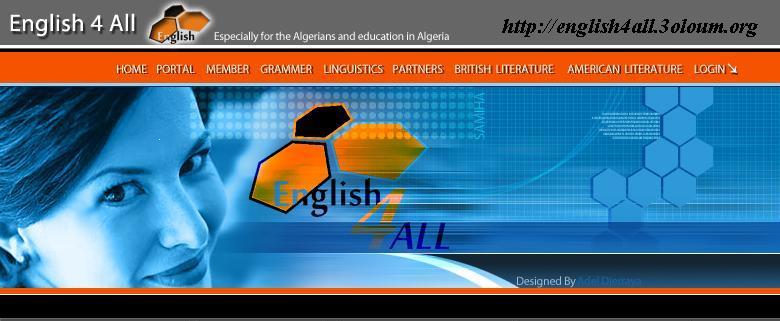 Shorthand
Shorthand is an abbreviated symbolic writing method that
increases speed or brevity of writing as compared to a normal method of
writing a language. The process of writing in shorthand is called
stenography, from the Greek
stenos (narrow) and
graphē or
graphie (writing). It has also been called
brachygraphy, from Greek
brachys (short) and
tachygraphy, from Greek
tachys (swift, speedy), depending on whether compression or speed of writing is the goal.
Many forms of shorthand exist. A typical shorthand system provides
symbols or abbreviations for words and common phrases, which can allow
someone well trained in the system to write as quickly as people speak.
Abbreviation methods are alphabet-based and use different abbreviating
approaches.
Shorthand was used more widely in the past, before the invention of
recording and dictation machines. Until recently, shorthand was
considered an essential part of secretarial training as well as being
useful for journalists. Although the primary use of shorthand has been
to record oral dictation or discourse, some systems are used for
compact expression. For example, health-care professionals may use
shorthand notes in medical charts and correspondence. Shorthand notes
are typically temporary, intended either for immediate use or for later
transcription to longhand, although longer term uses do exist, diaries (like that of the famous Samuel pepys) being a common example.



